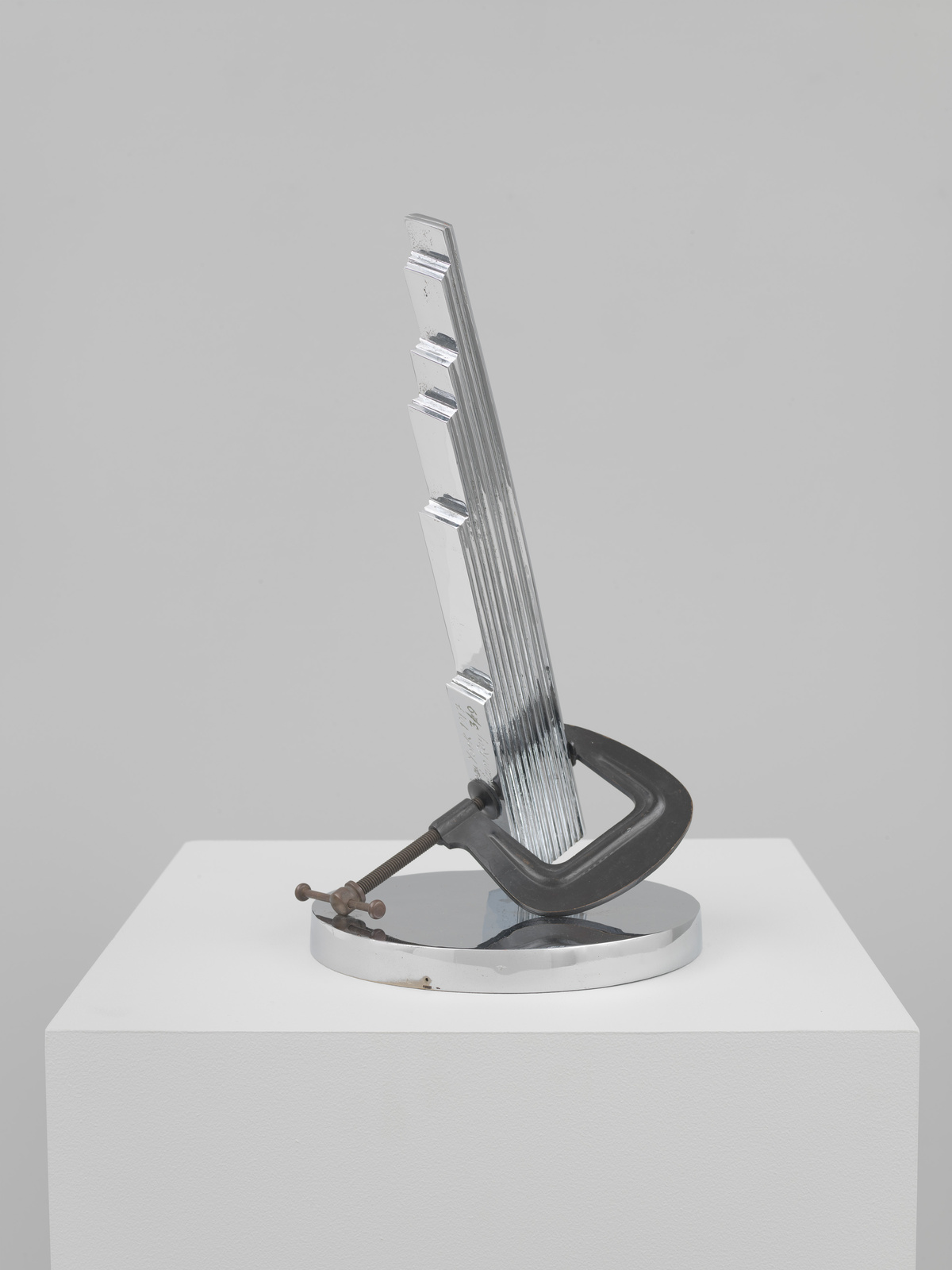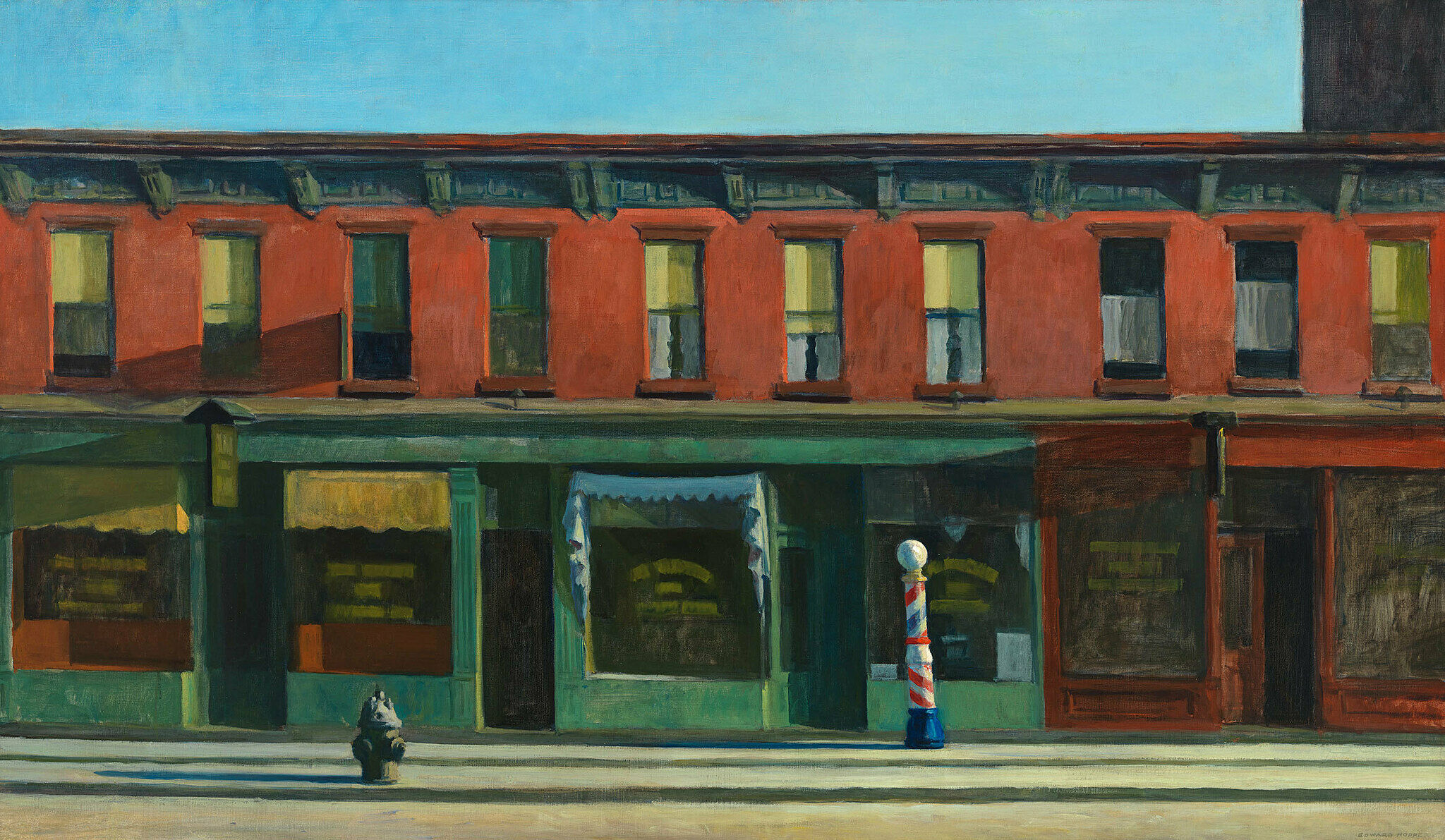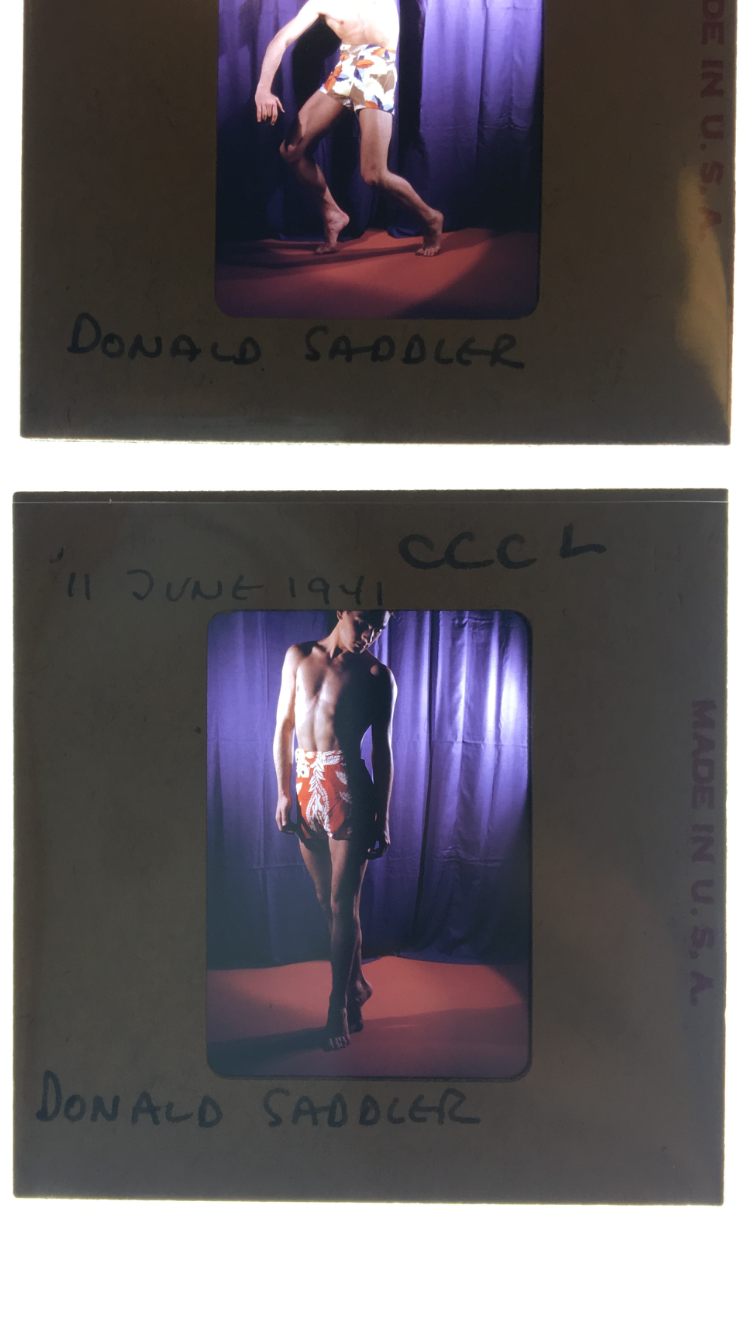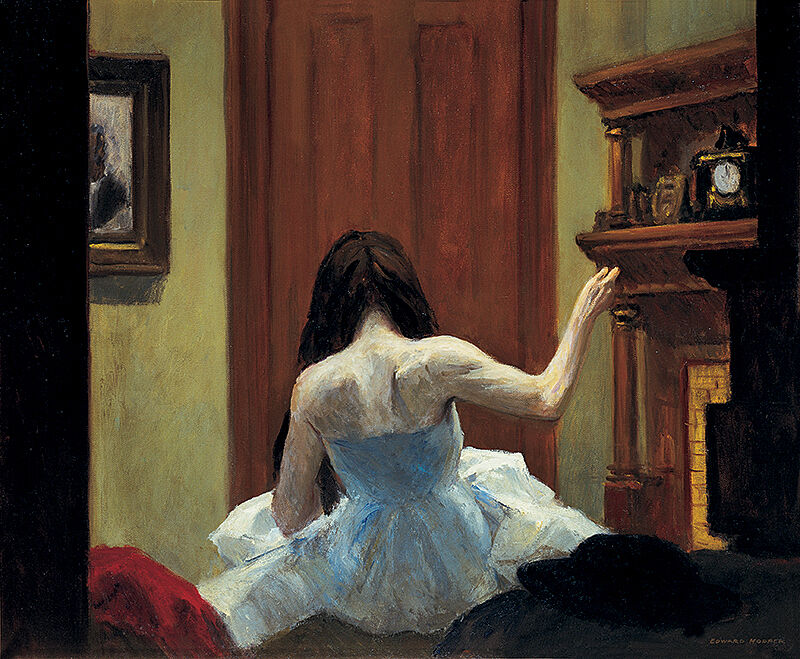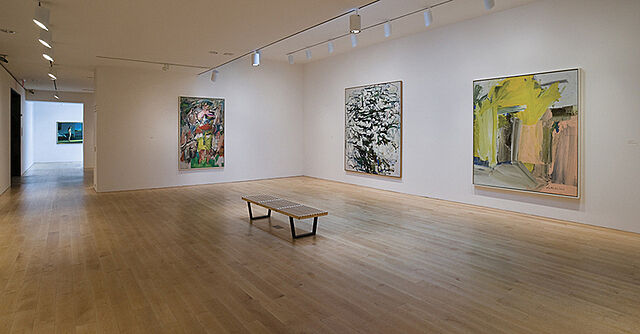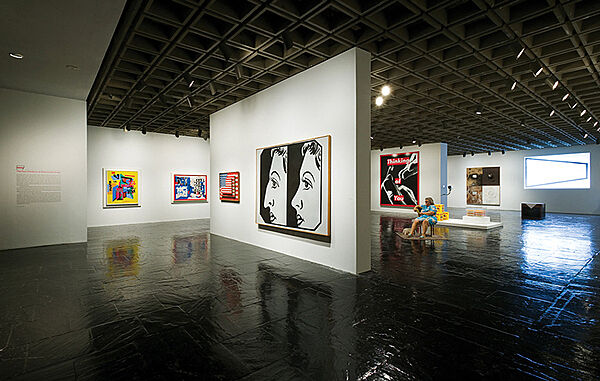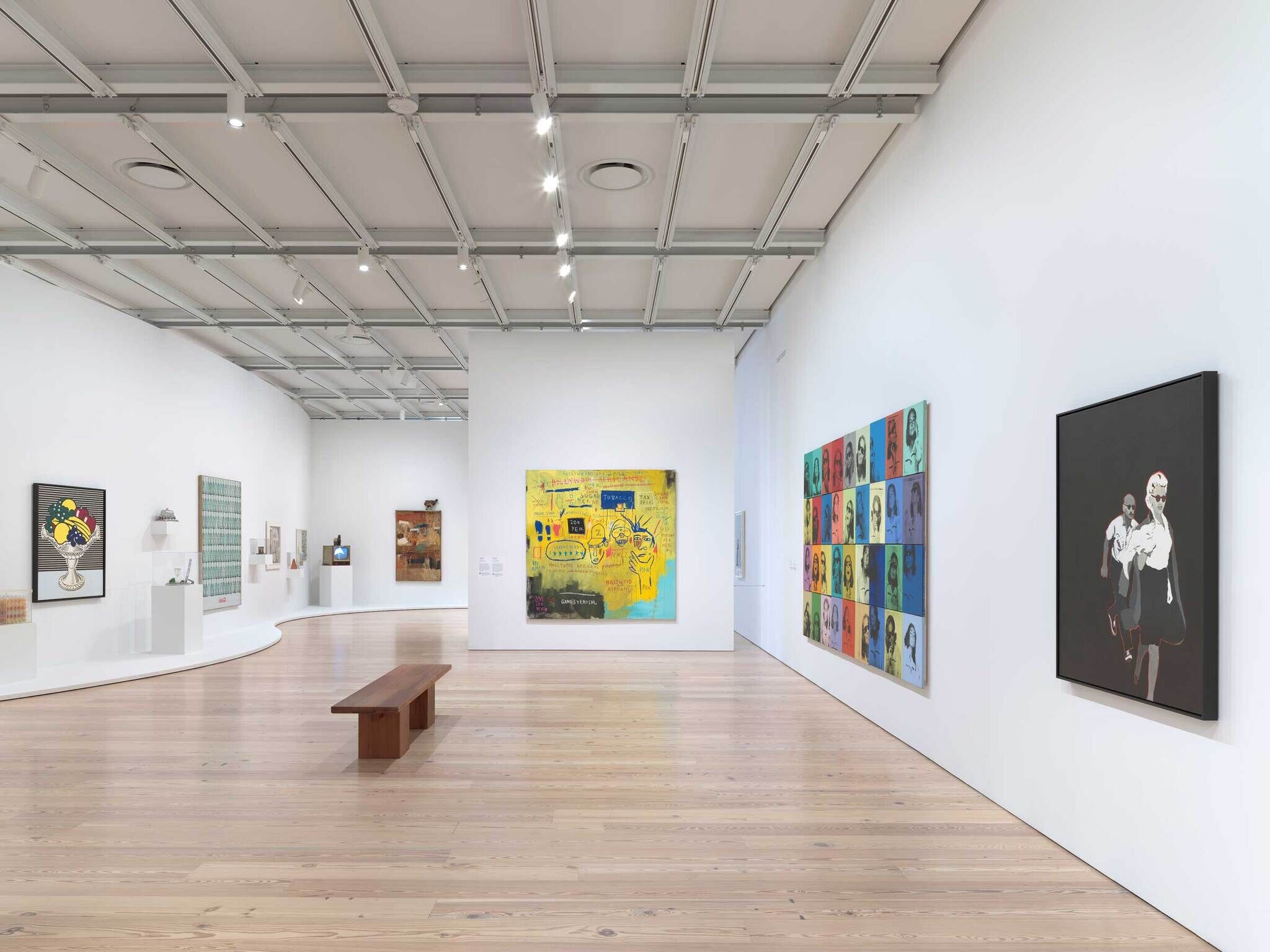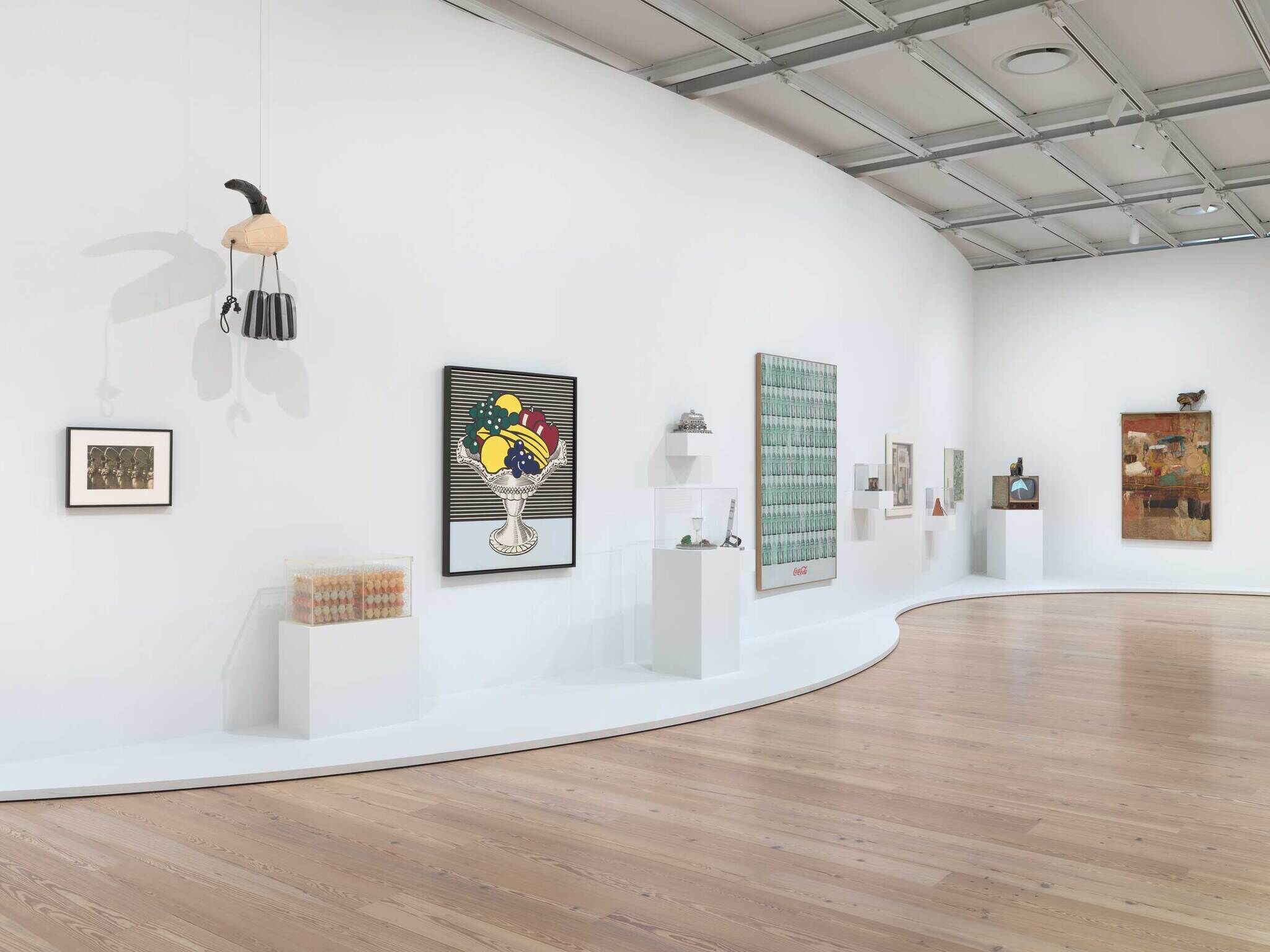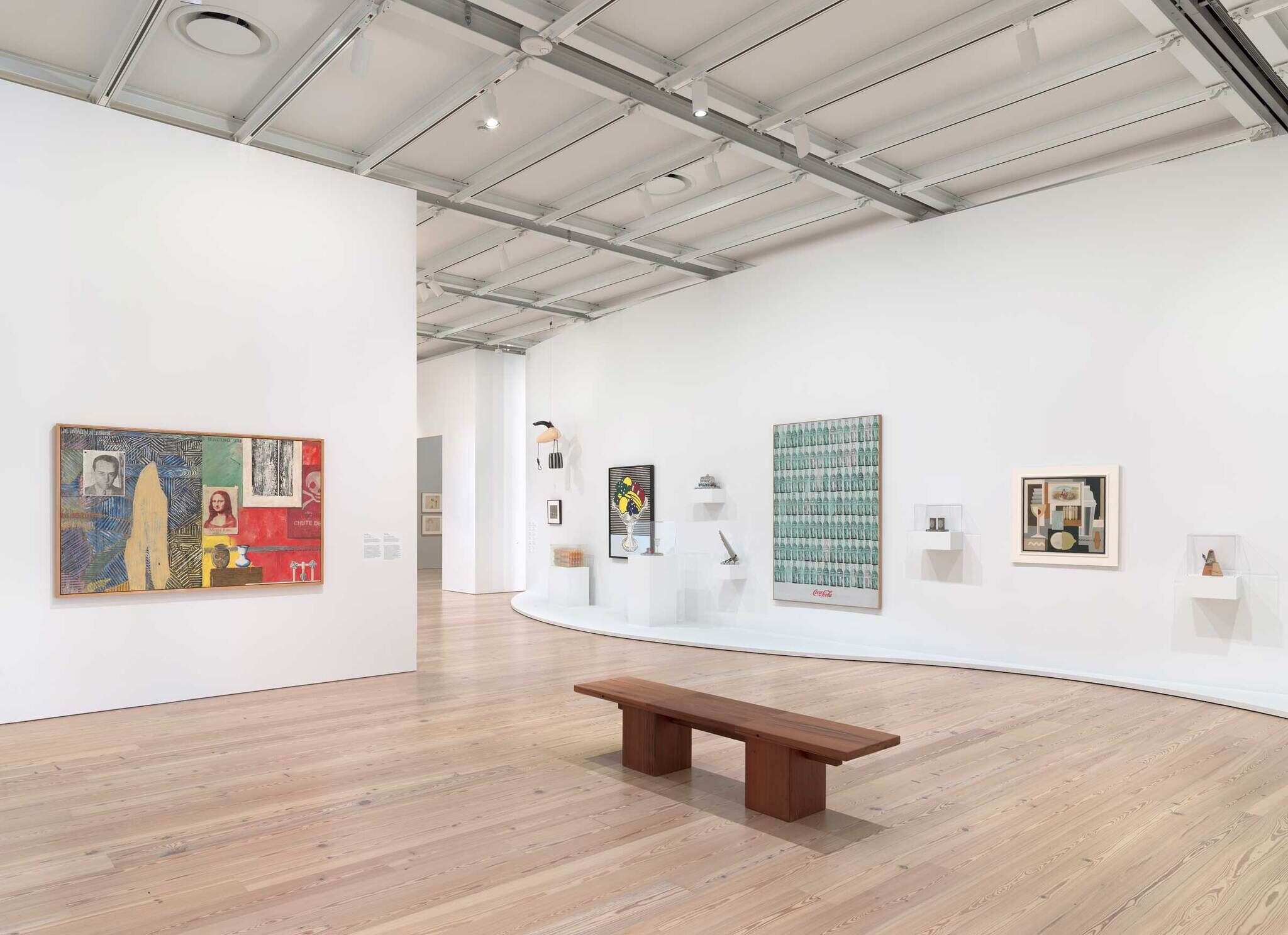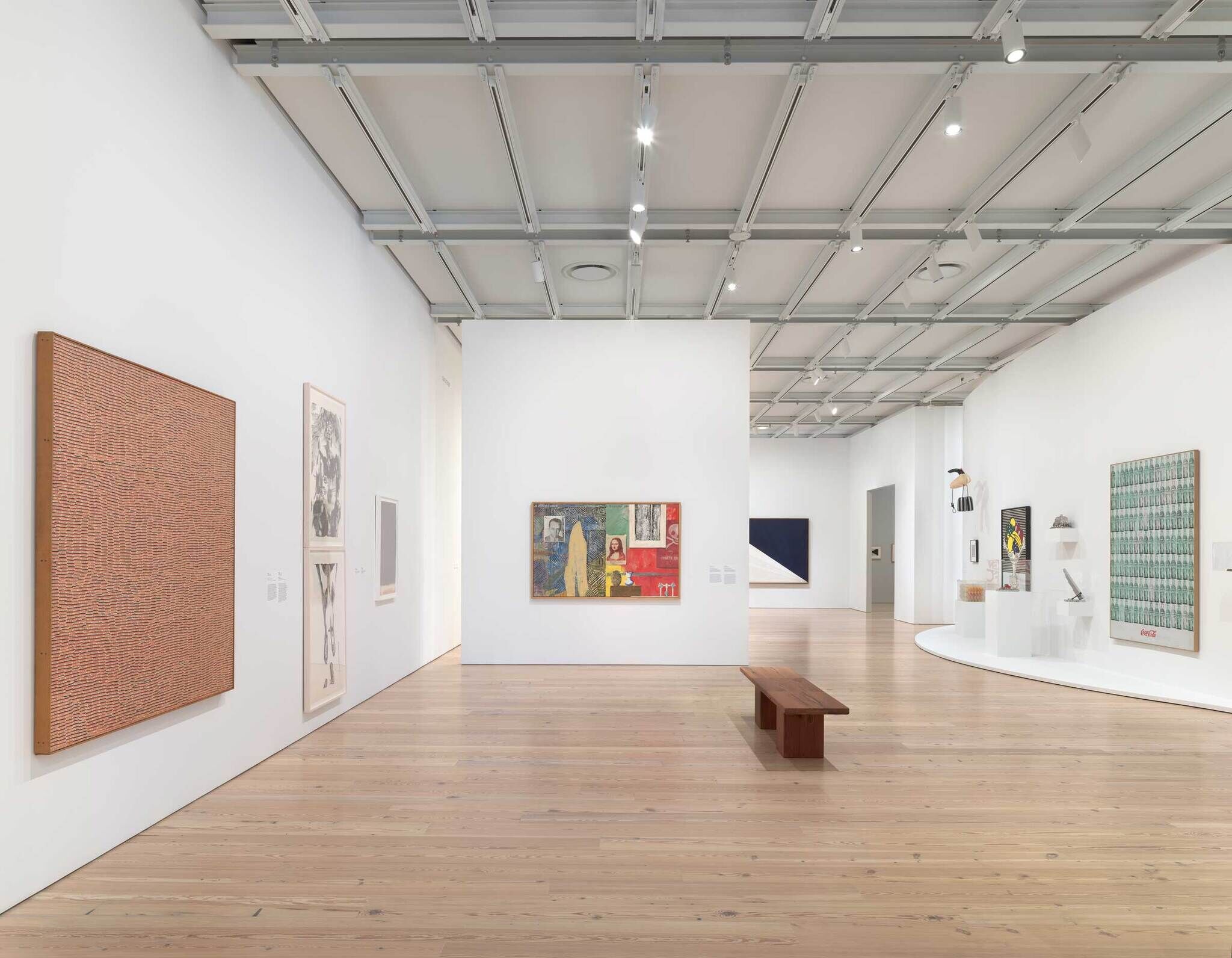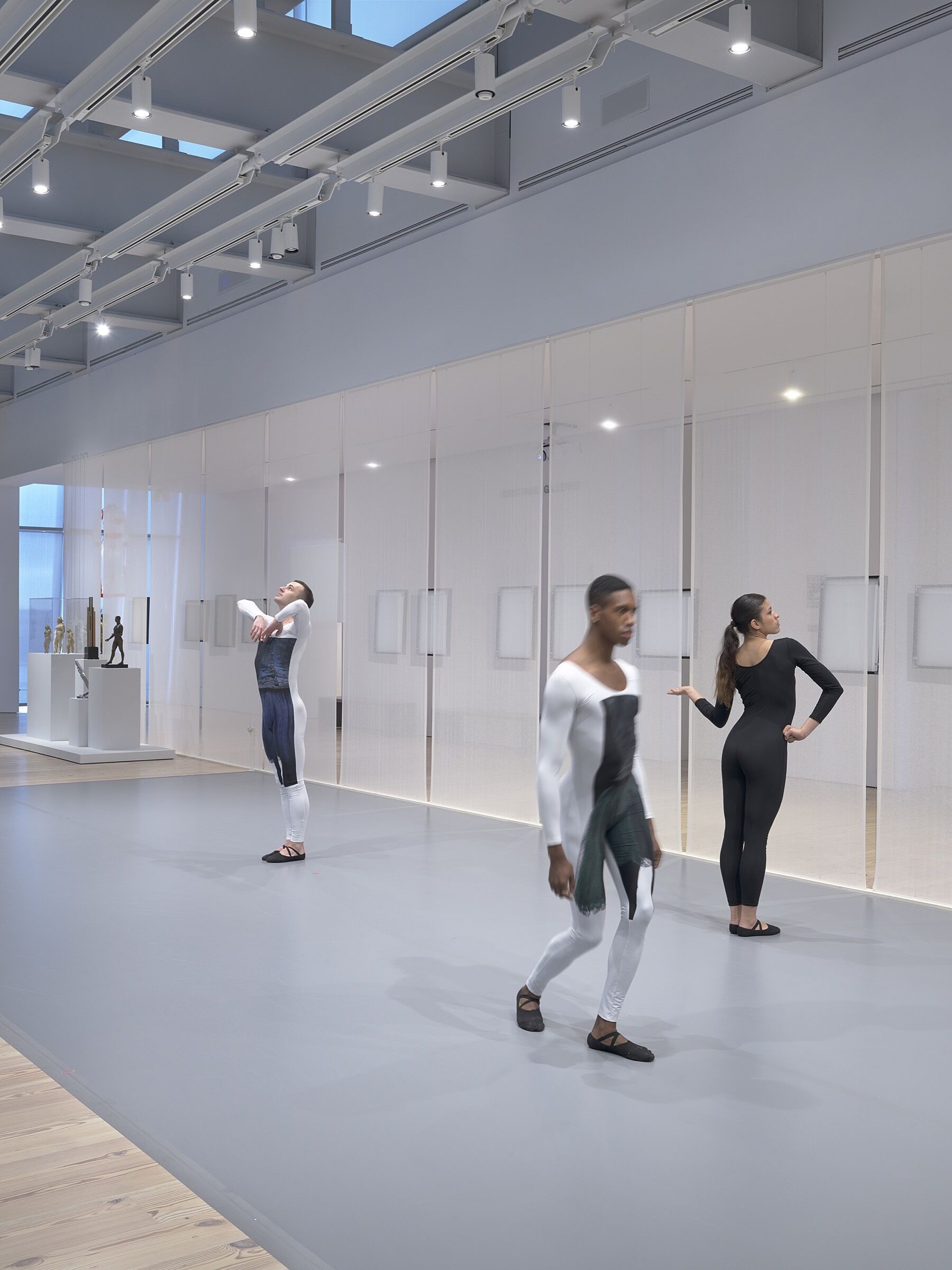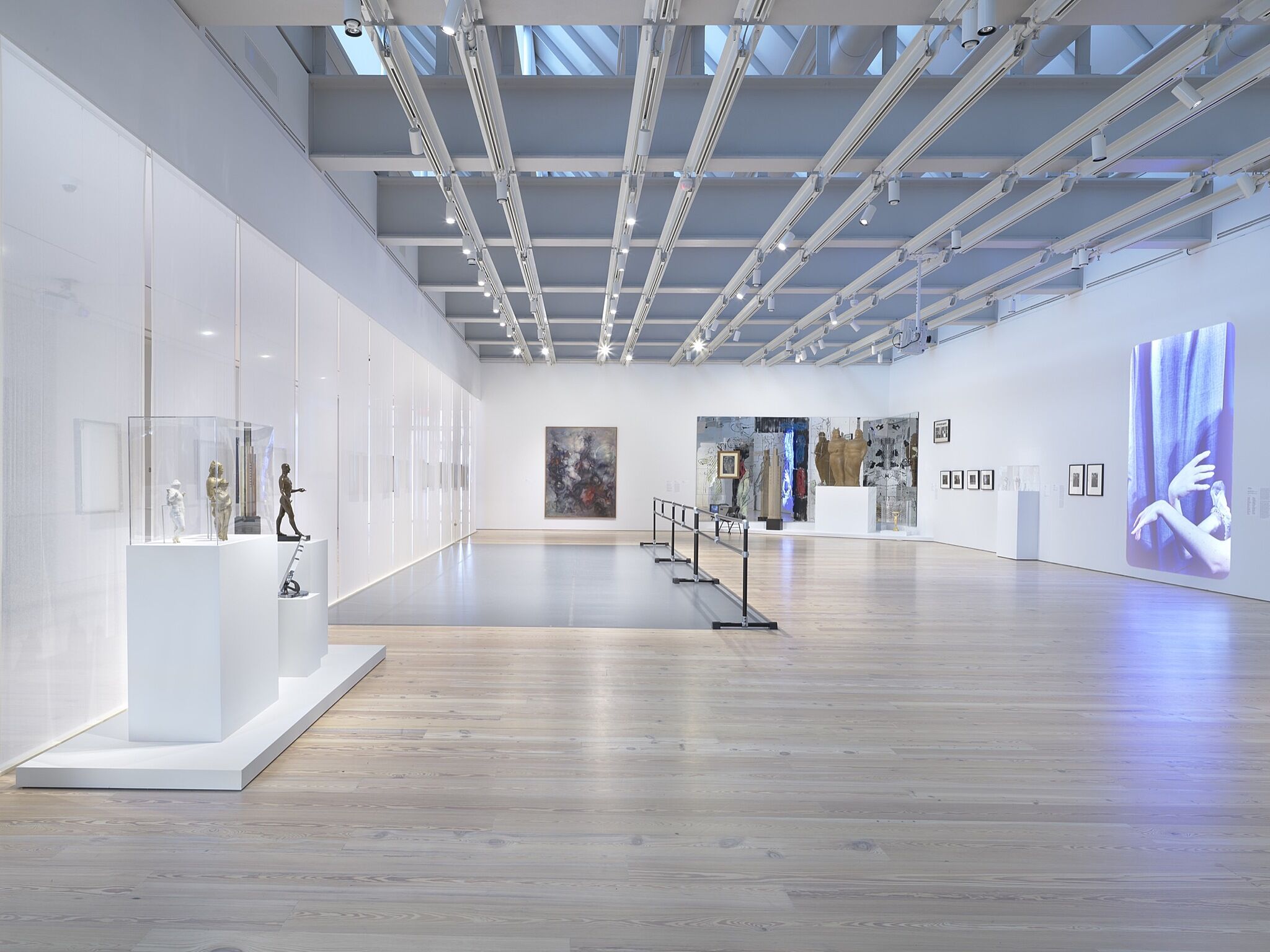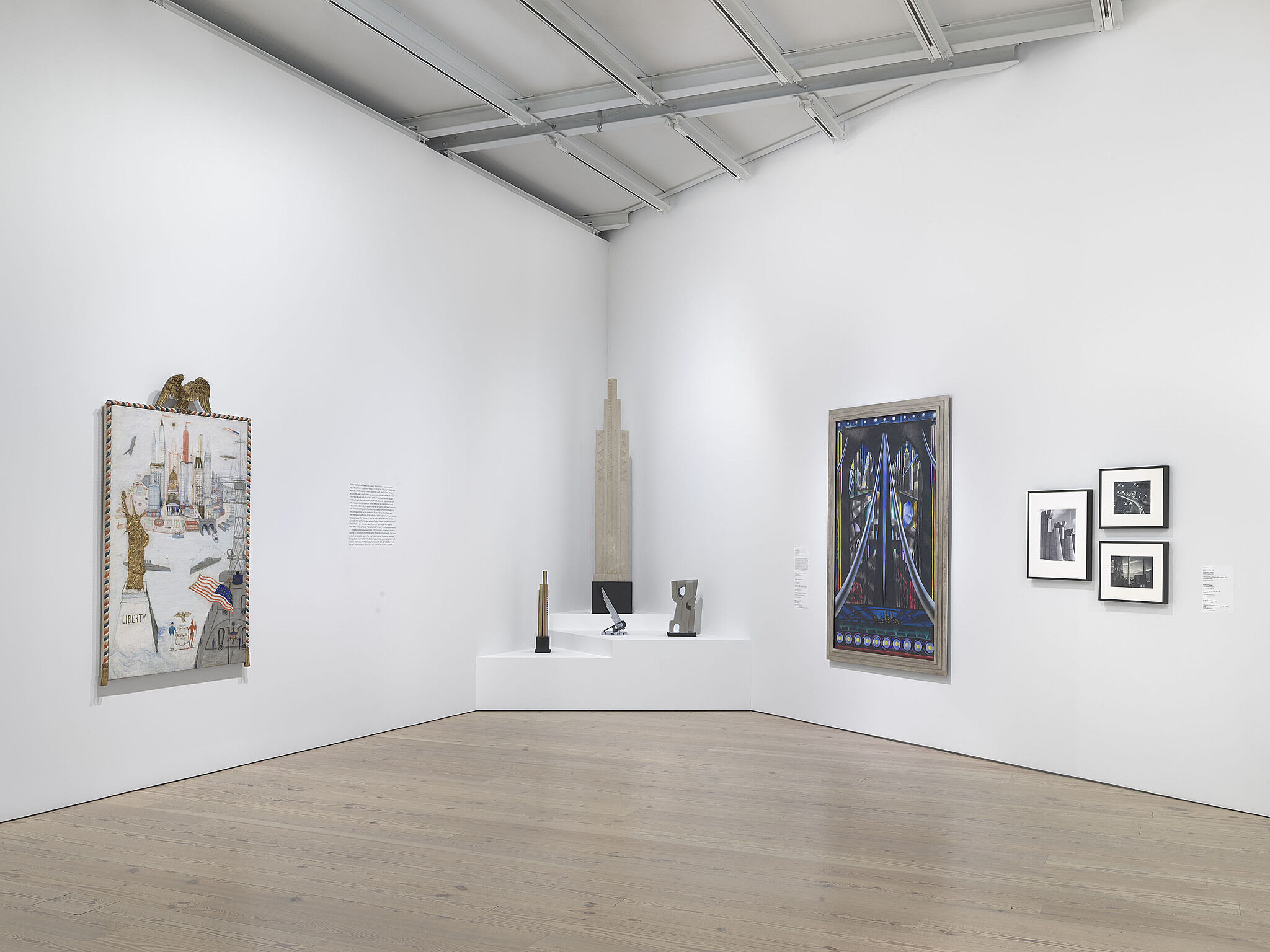Originally assembled in 1917 from wood strips and a carpenter’s vice found lying around his studio, Man Ray’s New York 17 evokes the dynamism of the modern city and the building boom then underway in New York, where the artist lived until 1921. Though simply constructed, the sculpture evinces the characteristic stepped-back profile of the era’s skyscrapers. Inspired by the ideas of artist Marcel Duchamp, this work was one of Man Ray’s first Dadaist constructions. This 1966 version duplicates the form of the 1917 sculpture (which was destroyed) using chromed bronze bars in place of the original lengths of wood. Despite its sleek finish, New York 17 reiterates the subversive tone of its crudely constructed prototype. The slapdash assembly of the metal bars clamped together mocks the premium traditionally placed on the sculptor’s talent and skillful craftsmanship, while Man Ray’s willingness to recreate the work in another medium challenges the idea of the art object as a unique creation.
On view
Floor 7
Date
1917/1966
Classification
Sculpture
Medium
Nickel plated and painted bronze
Dimensions
Overall: 17 × 9 5/16 × 9 5/16in. (43.2 × 23.7 × 23.7 cm)
Accession number
96.174
Edition
3/9
Credit line
Whitney Museum of American Art, New York; purchase, with funds from the Modern Painting and Sculpture Committee
Rights and reproductions
© Man Ray Trust / Artists Rights Society (ARS), NY / ADAGP, Paris

